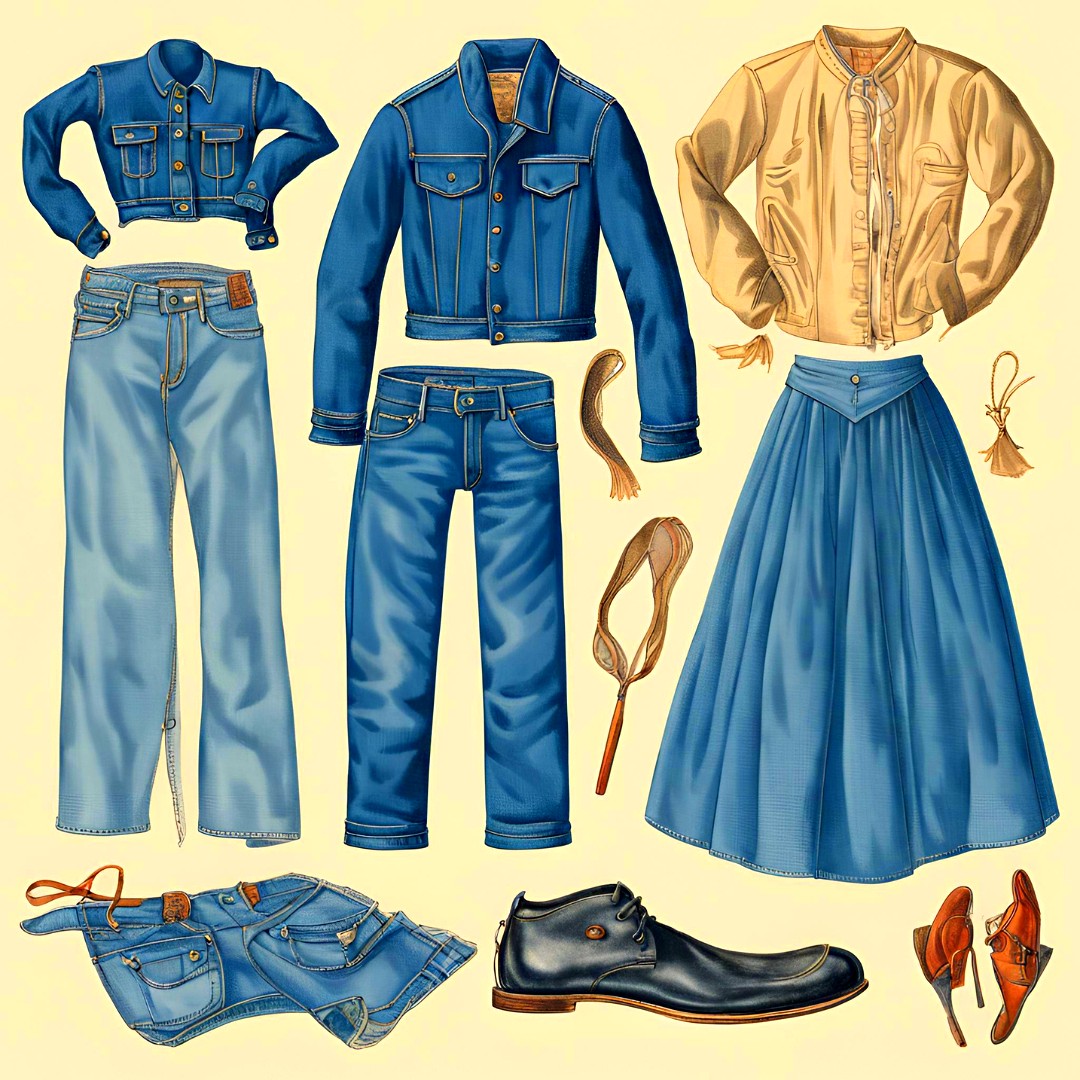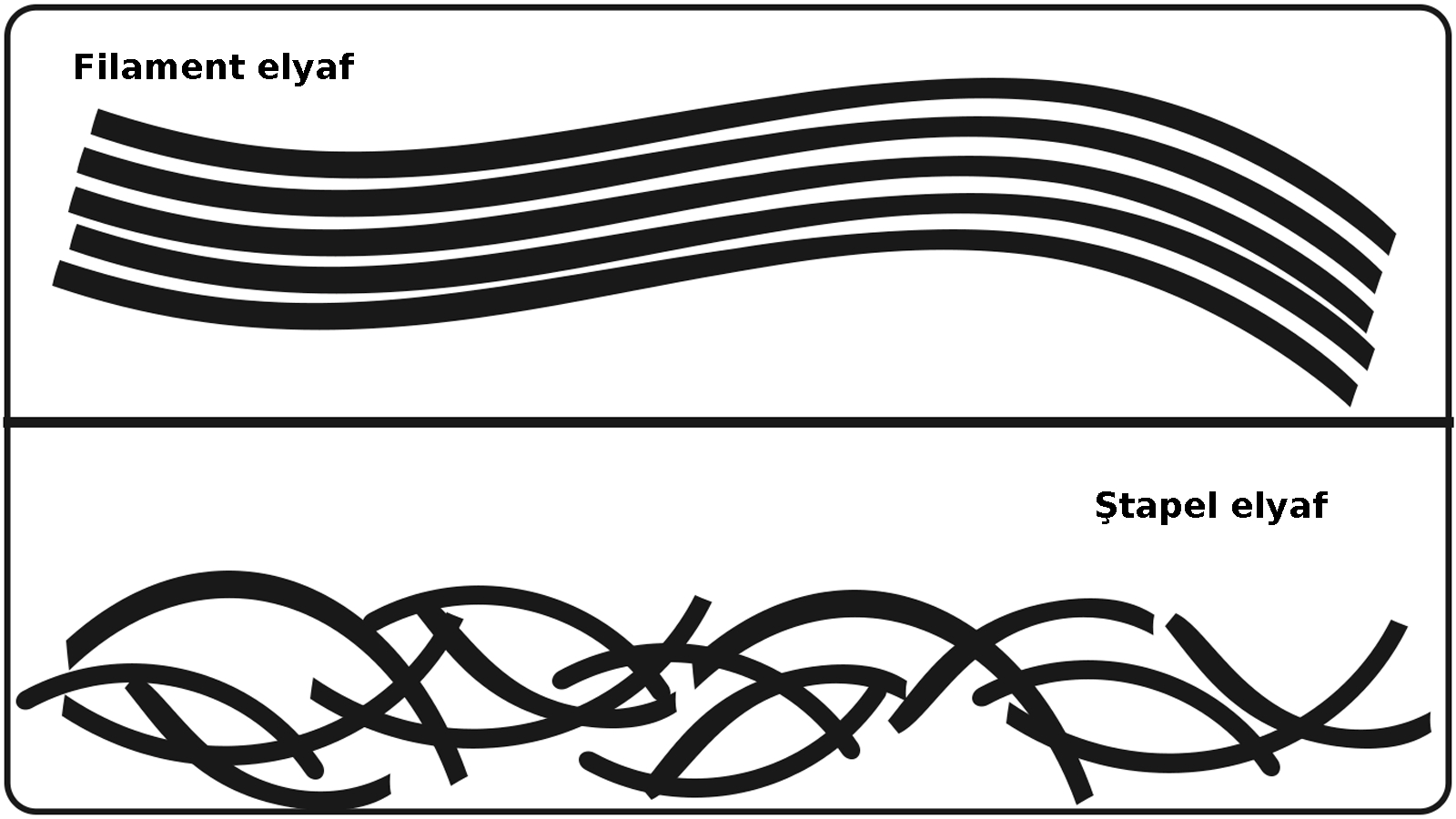How Fiber Properties Impact On Textile Printing
19:21
0 comments
Fiber
Fiber properties have an impact on printing because dye is fiber specific. Therefore dyes are chosen based on the fibers which compose the textile fabric. For example, 100% cotton fabric can be printed with reactive dyes, vat dyes, or other cotton-specific dyes. Alternatively, a cotton polyester blend requires two dye types combined in the print paste. One type is for the cotton fibers, such as reactive, and one type is for the polyester fibers, such as disperse. Textile pigments may also be used. They are not dyes but colorants and require a binder or glue to affix them to the surface of the textile fibers.
Unlike dyes, pigments are not fiber specific, therefore a 60/40 cotton polyester blend could be printed with a single pigment. Pigments work equally well on 100% cotton fabrics and various fiber blends.
Yarn
The type of yarn construction also has an influence on textile printing. Because print color is applied from one side of the fabric, the evenness, brightness, and depth of the color are very sensitive to the hairiness, twist, and luster of the yarns. For instance, the higher the yarn luster, the brighter the printed color. Fiber luster can also influence the appearance of the printed design in much the same way. If yarns are highly twisted, they may not allow print paste to penetrate deeply into the yarn bundle and this yields poor print color fastness. Additionally, fine to medium yarns generally are easier to print than large, bulky yarns or novelty yarns.
Fabric
Fabric construction properties impact the quality of the printed fabric as well as the printing process itself. For example, wovens are normally easier to print than knits. This is because woven fabrics are much more dimensionally stable than knit fabrics. Fabrics with a flat surface are easier to print than fabrics with a pike surface. A good example of this difference is to compare the typical printing process for sheets with that of bath towels. Most fabrics are normally printed on flat for rotary screen-printing machines and typically require a single squeegee stroke for the printing process. In contrast, bath towels are usually printed on flat screen-printing machines and may require as many as four squeegee strokes to force the print color down into the fabric pile. The extra squeegee strokes severely limit the printing production speed for towel fabric. Any fabric with surface texture will present more printing challenges than a comparable flat surface fabric. Additionally, thin or sheer fabric may present more printing problems than a thicker fabric of the same fiber content.
-
Ayakkabılarda doğru numara seçimi sağlık ve kullanım ömrü açısından önem arz eder. Kesirli Ayakkabı Numaraları Ne Anlama Geliyor? 🤔 Bazı a...
-
İş sağlığı ve güvenliği için bazı işletmelerde pr ayakkabı kullanımı gereklidir. Ayakkabılarda rastladığımız "PR" terimi, İngiliz...
-
Mavi polycotton nevresim takımı. Polycotton , polyester ile pamuğu (cotton) karıştırarak elde edilen, her iki elyafın en iyi performans ...
-
Rahat bir kullanım için ayağın genişliği ve uzunluğuna uygun ayakkabıyı seçmek son derece önemlidir. Ayakkabı Genişlik Terimleri: E, F, FX,...
-
Yeşil renk ve tonları, sarı ile mavi ışığın birleşmesi sonucu oluşur ve fotosentetik pigmentler nedeniyle bitki yapraklarında yaygın olarak ...
-
Lif kısaltmaları tekstilde elbise üretiminin her aşamasında kullanılır. Tekstil, Kumaş, Lif ve Elyaf Kısaltmaları : Tekstil endüstrisi, lif...
-
Kumaşın ön yüzünün ve arka yüzünün gösterimi. Kumaş yüzü (Alm. Stoffvorderseite, Fr. front de tissue, İng. fabric face; face of fab...
-
Çizme ve botlarda; konç genişliği, ağız genişliği, topuk boyu, tarak genişliği ve taban iç uzunluğu. Konç, bot, çizme, ayakkabı , çorap vb...
-
Ütü parlaması çok yoğun ise elbise kullanılmaz hale gelir. Ütü yaparken özellikle pantolon gibi hassas kıyafetlerde parlama oluşabilir. Ütü...
-
İngilizce renkler. İngilizcede renk kelimesi Amerikan İngilizcesinde "color", İngilizce İngilizcesinde "colour" olarak ...
-
Türk tekstil ve hazır giyim sektörü: yerli markaların yükselişi. Türkiye'nin lokomotif sektörlerinden biri olan tekstil ve hazır giyim...
-
Akrilik elyaf, iyi yalıtım özelliğine sahip olmasıyla öne çıkan sentetik bir lif türüdür. Akrilik Elyaf: Tanım ve Özellikler Akrilik, ( Alm....
-
Kumaş numunesi. 1) Yapılarına göre (nasıl yapıldıysa o ismi alır) a) Dokunmamış kumaşlar - Nonwoven , keçeler, kağıt telalar, elyaf, vi...
-
Ünlü Türk modacı ve tasarımcılarının kreasyonları artık dünya moda başkentlerinde sergileniyor. Türkiye'de tekstil ve moda sektörünü...
-
Farklı renk ve türdeki kumaş çeşitleri. Kumaş, ipliklerin, çeşitli yöntemlerle bir araya getirilerek oluşturduğu kaplayıcı yüzeylerd...
-
Türk ayakkabı markaları, yerli ham maddeyi mükemmel işçilik ve estetik tasarımlarla birleştiriyor. Türk malı ayakkabı ürünler, kalitesi ve e...
-
Dünyanın en meşhur modacıları. Dünyaca ünlü modacılar Her sezon önce podyumları sonra da vitrinleri süsleyen özel koleksiyonların arkas...
-
Lif kısaltmaları tekstilde elbise üretiminin her aşamasında kullanılır. Tekstil, Kumaş, Lif ve Elyaf Kısaltmaları : Tekstil endüstrisi, lif...
-
Naylon olarak da bilinen polyamid kumaşlar sentetik kökenli bir kumaş türüdür. Polyamid ya da naylon (Alm. Polyamidfaser, Fr. fibre ...
-
Tekstil ürünlerinin etiketlerinde yıkama, kurutma ve ütüleme ile ilgili semboller bulunur. Tekstil Ürünleri için Tavsiye Edilen Yıkama Tali...




















































































































0 yorum:
Yorum Gönder
Merhaba, daha kaliteli bir site için yorumlarınızı bekliyoruz.